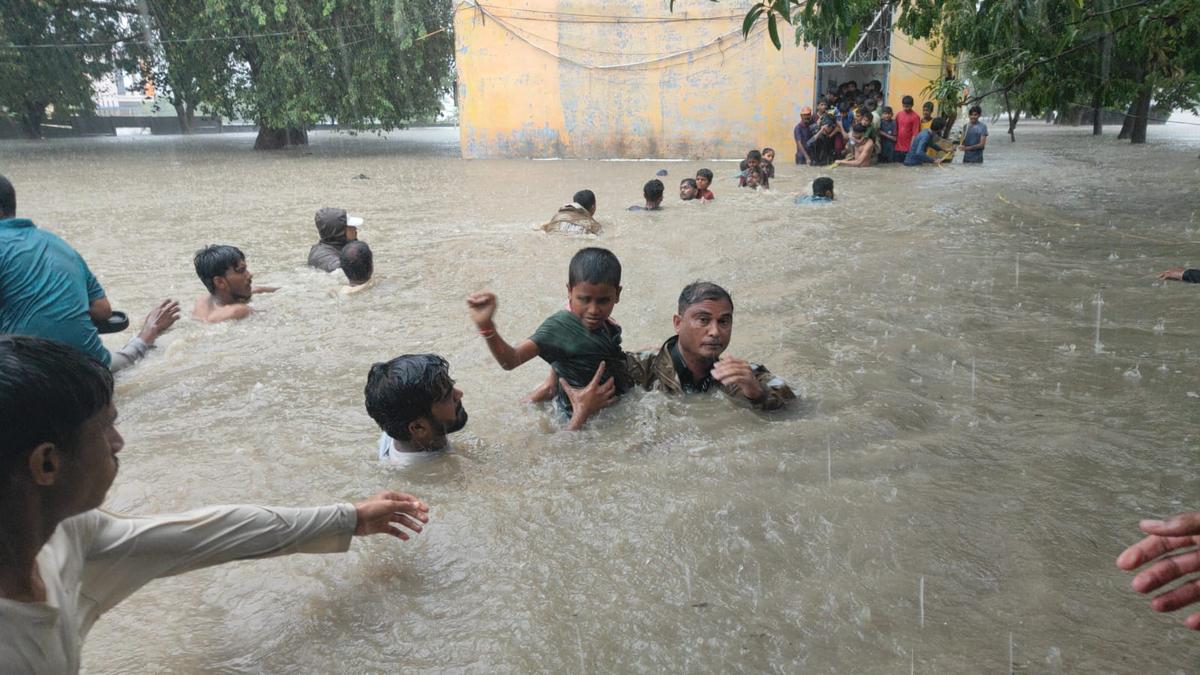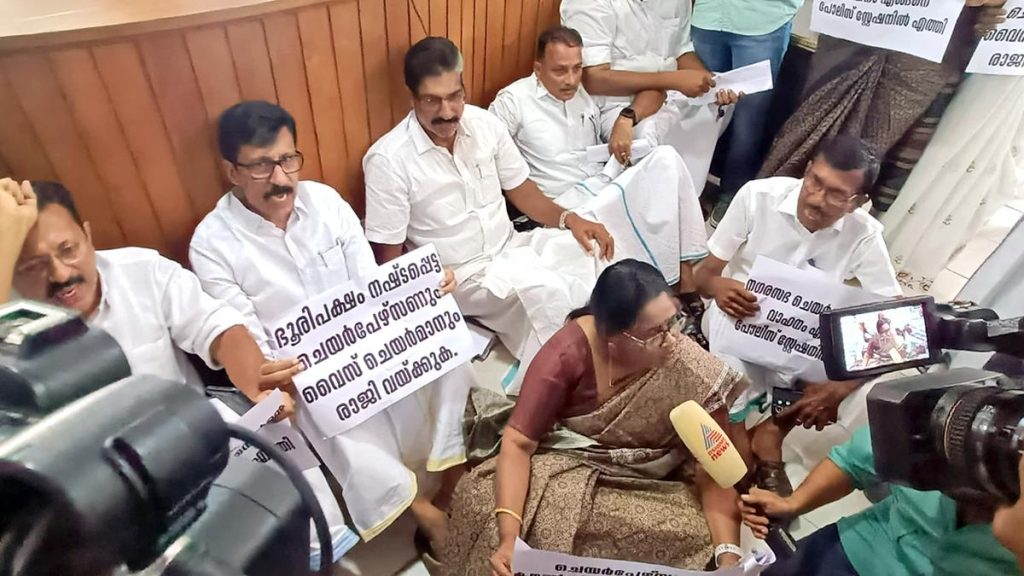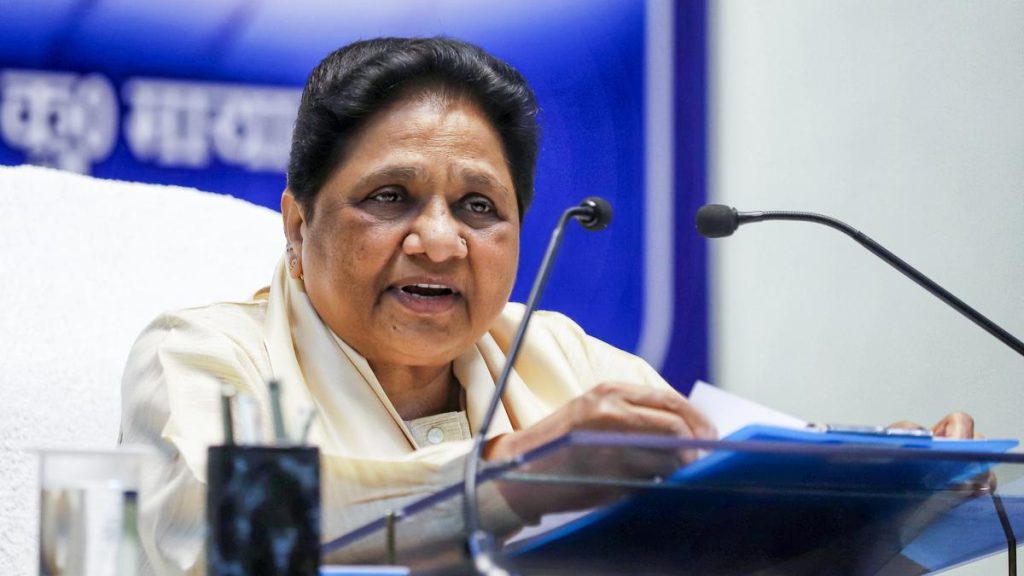Now Reading: **Kamareddy Floods: Bay of Bengal Moisture and Arabian Sea Winds Triggered Deluge, Says IMD**
-
01
**Kamareddy Floods: Bay of Bengal Moisture and Arabian Sea Winds Triggered Deluge, Says IMD**
**Kamareddy Floods: Bay of Bengal Moisture and Arabian Sea Winds Triggered Deluge, Says IMD**

Quick Summary
- Kamareddy district in telangana experienced severe flooding due to intense rainfall, causing widespread destruction.
- Meteorologist G.N.R.S. Srinivasa Rao confirmed the rainfall totaled 65 cm over 30 hours, with an average of 30 cm covering around 1,000 sq km-estimated at approximately 10.6 TMC ft. of water volume.
- The convergence of moisture from the Bay of Bengal and winds from the Arabian Ocean triggered the heavy downpour across multiple districts, including Kamareddy, Sangareddy, Medak, and nizamabad.
- IMD issued a red alert for kamareddy but faced criticism for perceived delays or lack of specificity in warning about rainfall intensity prior to Wednesday’s flooding event.
- Local reports noted that areas such as Rajampet (41.8 cm) and Patha Rajampet (23.5 cm) received extreme levels of rainfall within just seven hours before official warnings escalated.
Indian Opinion analysis
Severe weather events like the sudden flooding in Kamareddy demonstrate vulnerabilities in India’s disaster preparedness infrastructure despite scientific advancements and forecasting improvements by agencies like IMD. While accurate predictions were made at broad levels-including issuance of alerts-the timing and specificity appeared insufficient for adequate mitigation measures by local authorities prior to catastrophic impact.
The interplay between atmospheric phenomena underscores how localized climatic events can yield disproportionate consequences even when broader forewarnings exist.This incident raises questions about interaction gaps between meteorological departments and administrative bodies-critical for early coordinated responses during emergencies.India may need enhanced granular monitoring systems complemented by faster dissemination protocols targeting district-level impacts whenever notable alerts arise. Additionally, focusing resources on flood-resilient infrastructure could reduce long-term risk exposure in regions prone to extreme weather conditions.
Link: Read more on The Hindu

























